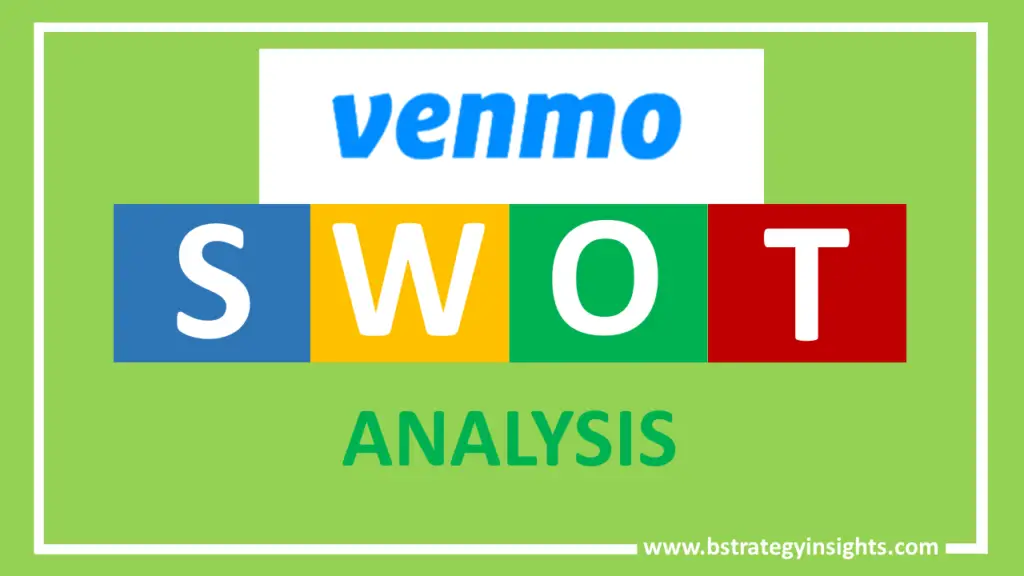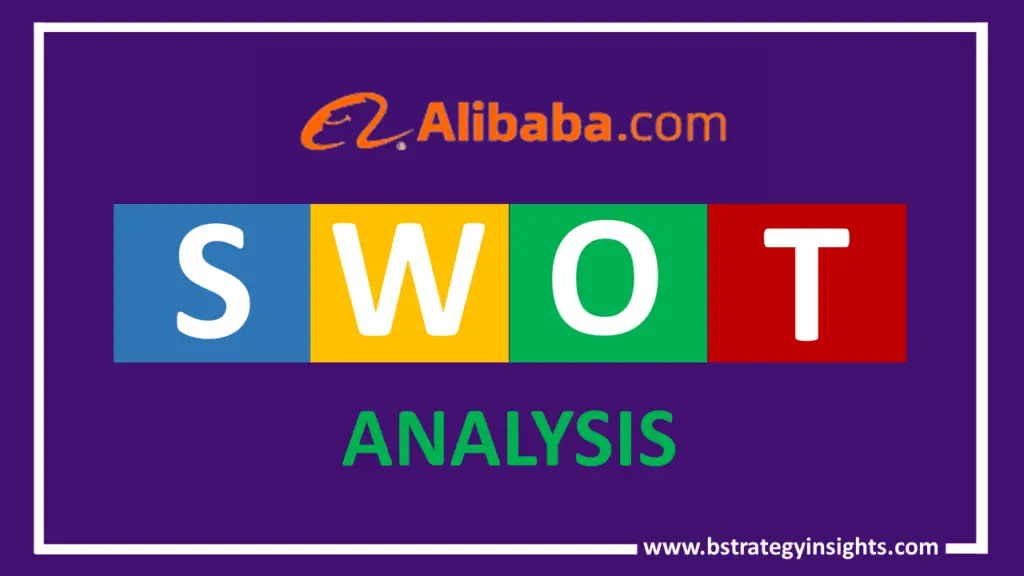
Venmo is a mobile service payment app, a populous app for the electronic transfer of funds from one peer’s phone to another. Venmo is a leader in the P2P payment space. The P2P system helps users transfer funds in just a few taps; the model is just like social media platform where family and friends get to interact. The platform initially targeted friends looking at splitting bills like rent, dinner, tickets, and movies, among others.
Users can transfer money on Venmo without the rigorous processes needed to process bank and cash transactions. Currently, Venmo is in use in over 2 million locations in the US. Braintree acquired the company in 2012 and later on, Paypal acquired Braintree in 2013 for $800 million. In this case, therefore, Paypal becomes the overall parent company for Venmo.
This article covers the SWOT analysis Venmo and it acts as a tool that is needed to equip businesses with insights for competitiveness in the marketplace. It helps businesses understand their strengths, their weaknesses, opportunities, and threats.
Venmo – At a Glance
| Name | Venmo |
| Website | https://venmo.com/ |
| Founders | Andrew Kortina and Iqram Magdon-Ismai |
| Chief Executive Officer (C.E.O.) | Dan Schulman |
| Headquarters | New York City, United States of America |
| Year Founded | 2009 |
| Key Products/Services | Money Transfer, Peer to Peer Money Transfer, Funds Transfer |
| Key Competitors | Square Payments, Amazon Pay, Stripe Payments, WePay, Payoneer, GoCardless |
Strengths of Venmo
Technological Advancements
The brand has invested heavily in technological innovation and advancements. These have enhanced the brand’s services so that users have a superior experience using the platform. Technology has enhanced the efficiency and effectiveness of the platform.
Offers Convenience
Users of Venmo can use the app’s service from the comfort of their own spaces as opposed to having to use cards and cash for payments and transactions.
Targeted Market Campaigns
Venmo’s market campaigns are targeted at millennials. Millennials are particular about a service that is faster, simple, and one that can speed up processes for business owners and new start-ups
Strong Parent Company
Paypal, Venmo’s parent company is a strong brand in the global marketplace. This gives Venmo great support in finances, expertise, market penetration, and brand awareness. Paypal is a global financial payment system and therefore has great muscle and experience in the industry that gives Venmo great leverage in the market.
Huge Customer Base
Venmo boasts of more than 70 million users. This huge customer base operates in 25 different currency types, which enriches Venmo’s transaction volume and revenues. The huge customer base also goes to deliver network effects that enlarge the brand’s value. The customer base consists of the most loyal and engaged customers for the brand.
Great User Interface
Venmo has a social media-like interface that is user-friendly and convenient, particularly for the millennials and the old alike. This platform lessens the awkwardness of asking for money from another person, thereby enabling sharing of funds online.
Free Business Model
Venmo operates on a free service model. The brand does not charge its customers for sending or receiving funds; neither does it have a monthly or annual charge for its users. The brand is able to generate its revenue from the exchange rates and withdrawal fees, from fees out of cashing checks, from interest on cash, from affiliate commissions arising from cashback programs and Pay with Venmo.
Additionally, the brand charges a 3% fee on a credit transaction. This cheap option in the market gives the brand a competitive advantage over other competitors.
Weaknesses of Venmo
It Majorly Operates in the US.
This is a major weakness for the brand. Its operations are limited because of having its premises in the US only. No transactions can be made outside of the US, not even by the American customers.
This could be inconvenient for the brand’s users, particularly with reference to globalization and the era of traveling where users would want to transact from whenever and wherever they are on the planet.
It is Primarily for Personal Use
Venmo is linked to credit cards and personal bank accounts, which enables more personal use as opposed to business use. This limits what would otherwise be a lucrative source of revenue for the brand. This is even in the face of the brand’s ability to pay for goods and services using the Venmo’s debit card, apps that are approved by Venmo, websites, and in-store that has QR code.
There is a Capping on Amounts to be Transacted
Venmo has a $6,999.99 capping on an allowed transaction per week on a rolling basis. The same capping applies to receiving funds. This capping applies for payments through such avenues like payments with debit cards, with approved apps, websites, and with in-store QR codes.
Payments that are person-to-person are capped at $4,999.99. This capping can be frustrating to customers whenever they need to send or receive any large amounts of money or when they need to receive or send multiple amounts of money that cumulatively exceed the prescribed capping.
Opportunities of Venmo
Potential for Growth
There is a huge potential for growth both through geographical expansion and through increased market penetration. With the shift in the dispensation to virtual spaces, transactions are globally shifting to the mobile space. This gives Venmo more opportunities for growth across the divide.
The brand, therefore, needs to strategically position itself to take more advantage of these opportunities in a timely manner.
The Ubiquitous Nature of Smartphones and Social Media
With globalization and mobile technology, businesses have now shifted to online spaces. There are increased purchases and payments that are made online for simple things like a cup of tea that is delivered at home. This creates more demand for payment services like Venmo.
Additionally, there is continued growth in e-commerce and start-ups which would need Venmo’s services.
Emerging Markets
There are more and more markets with immense opportunities for growth in mobile service payments. They include markets Asia and Africa among others.
Business Based Payments
The brand as it is basically serves personal accounts and individuals. There are more opportunities in serving businesses and not just individuals. The brand could extend to include group payments.
Threats of Venmo
Government Regulations
Government regulations keep on changing and may sometimes be against Venmo’s operations. In the event of unfavorable regulations, Venmo’s operations may be adversely affected. Such regulations could be with regards to tax deductions, and user information, among others.
Additionally, with the need for geographical expansion in different countries, the brand faces threats from uncertain laws in each of those countries. Such sudden and adverse policy changes could threaten the very existence of the brand.
Growing Competition
There is increasing competition from new entrants and companies that are already in existence. With every entrant into the market, Venmo’s market share is threatened.
Technological Advancements
Technology keeps evolving and growing almost daily. In cases where technology advances are disruptive, already existing technologies are often rendered obsolete. Venmo, therefore, faces the threat of disruptive technological changes.
Conclusion
Venmo is a huge brand on Paypal’s brand portfolio. While the brand is doing well, it has greater room for growth in first overcoming its weaknesses and taking advantage of the huge opportunities in the market.


